Dealing with a clogged black tank in your trailer can be an overwhelming experience for owners and occasional users alike. It’s essential to understand not just how to fix the problem, but also how to prevent it from arising in the first place. This guide will provide you with detailed information, effective methods, and practical tips to tackle smelly and inconvenient clogs efficiently.
Understanding the Black Tank System
What is a Black Tank?
The black tank in a trailer collects waste from the toilet. Unlike a grey water tank, which captures water from sinks and showers, the black tank deals exclusively with human waste and toilet paper. Understanding its function is crucial in maintaining a healthy waste disposal system.
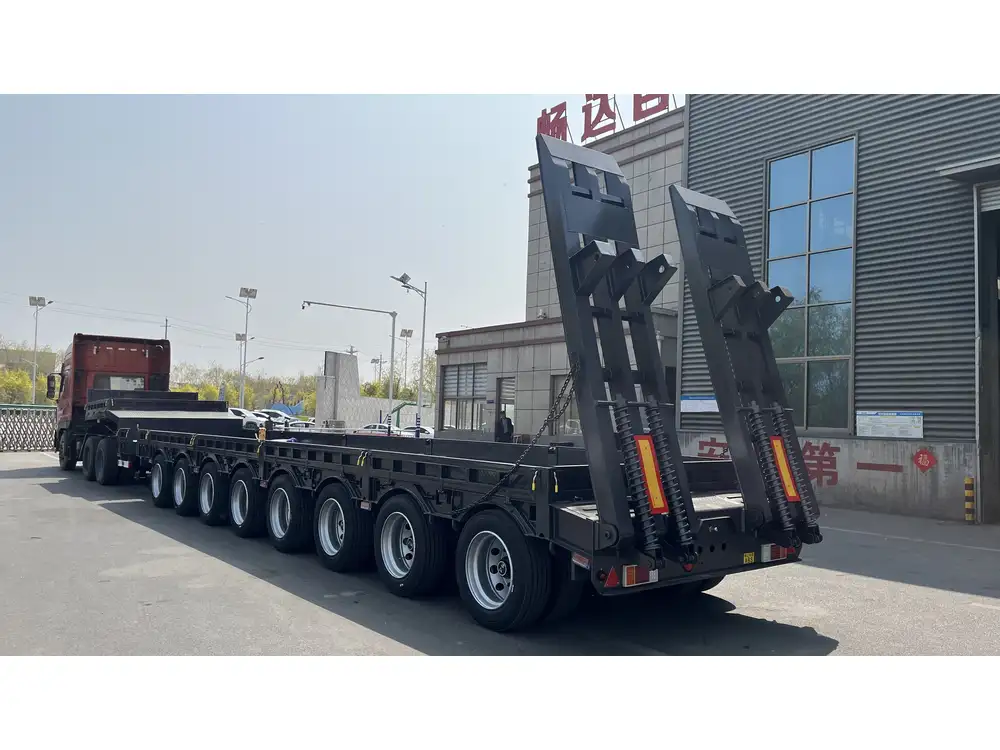
Components of the Black Tank System
- Toilet: The outlet where waste enters the black tank.
- Black Tank: The holding tank designed to collect waste.
- Dump Valve: A crucial mechanism that allows for the disposal of waste by releasing its contents at designated dump stations.
- Vent System: Serves to avoid excessive odors and pressure buildup, ensuring the waste degrades correctly.
Common Causes of Clogging
- Excessive Use of Toilet Paper: Large quantities can lead to blockages, especially if the paper isn’t designed to break down easily.
- Wrong Disposal Practices: Flushing non-biodegradable items like wipes, feminine hygiene products, or food waste can cause serious issues.
- Inadequate Water Use: Insufficient water can lead to a buildup of solid waste, increasing the risk of clogs.
- Poor Tank Maintenance: Neglecting regular cleaning and maintenance can exacerbate clogging issues.
Initial Steps to Take When Facing a Clogged Black Tank
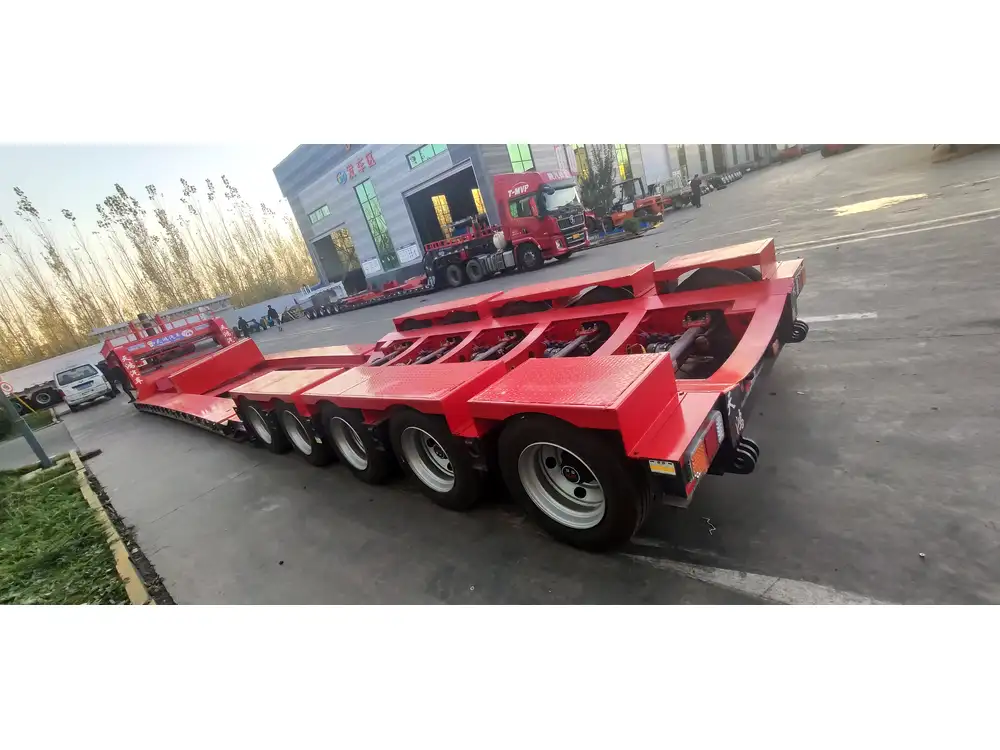
Assess the Situation
Before diving into remedial actions, take stock of the situation. Is there a noticeable smell? Are there signs of leakage or overflow? Determine if the clog is severe enough to require immediate attention or if it can wait until you reach a dump station.
Gather Necessary Tools and Materials
Before starting your unclogging journey, ensure you have the right tools at hand:
| Tool/Material | Purpose |
|---|---|
| Garden Hose | To flush the tank |
| Tank Rinse Wand | To distribute water effectively |
| Rubbing Alcohol | For cleaning the dump valve |
| Plumber’s Snake | To break down hard clogs |
| Gloves and Goggles | For safety during the process |
Detailed Unclogging Methods
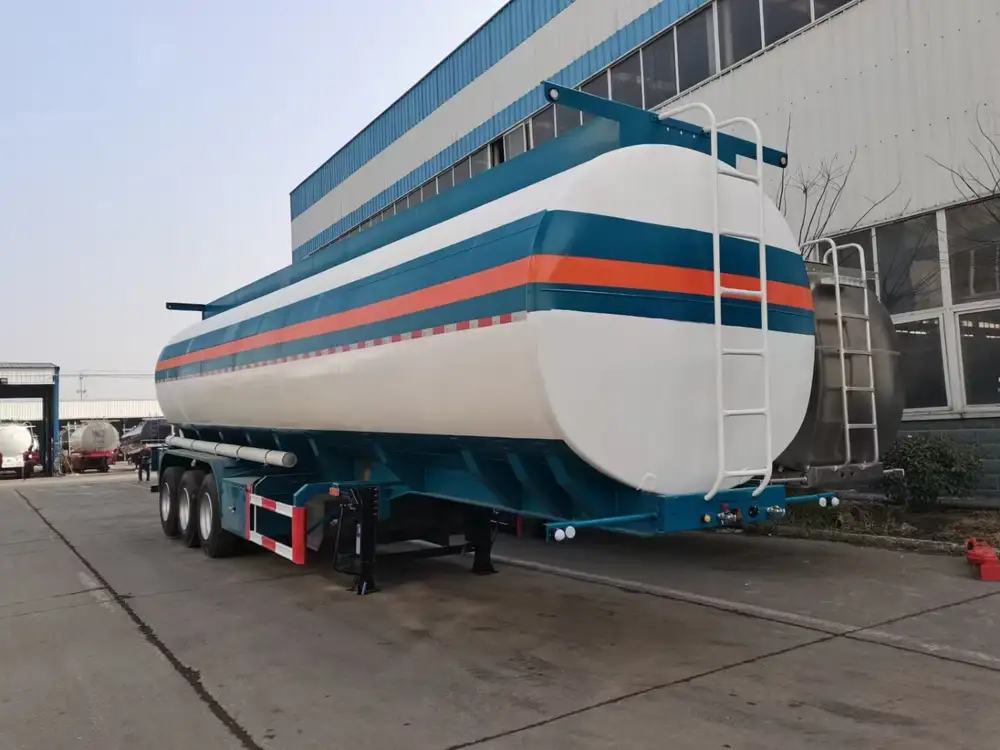
Method 1: The Gravity Flush
- Prepare the Dump Station: Ensure you are at an appropriate dump station equipped to handle potentially messy leaks.
- Connect a Hose: Attach a garden hose to the tank rinse port.
- Flush with Water: Turn on the water and allow it to fill the tank. The water pressure will help break up clogs, pushing waste towards the drain.
- Monitor the Process: Allow the hose to run for 10 to 15 minutes while observing any changes in waste movement.
Method 2: Use a Tank Cleaner
- Choose the Right Cleaner: Select a tank cleaner designed to break down waste and paper. Enzymatic cleaners are often preferred due to their effectiveness in breaking down organic materials.
- Follow Instructions: Add the cleaner through the toilet and let it reside for the recommended duration, typically overnight.
- Flush: After the waiting period, flush with water to clear out dissolved waste.
Method 3: Plumber’s Snake for Stubborn Clogs
- Insert the Snake: Carefully feed a plumber’s snake through the toilet into the tank. Be cautious not to damage the tank or the toilet.
- Twist and Turn: Utilize the snake to break up clogs, rotating it as needed for maximum impact.
- Slow Withdrawal: Pull the snake out slowly, allowing any loosened waste to follow.

Method 4: Create a DIY Descaling Solution
- Combine Ingredients: Mix equal parts vinegar and baking soda.
- Apply to Toilet: Pour the mixture into the toilet, waiting for a few hours while it fizzes and breaks down buildup.
- Flush: After a few hours, flush with water to remove residual waste.
Preventive Maintenance Tips to Avoid Future Clogs
Use Proper Toilet Paper
Opt for RV-specific toilet paper that disintegrates easily. This can significantly reduce the risk of clogs caused by bulky materials.
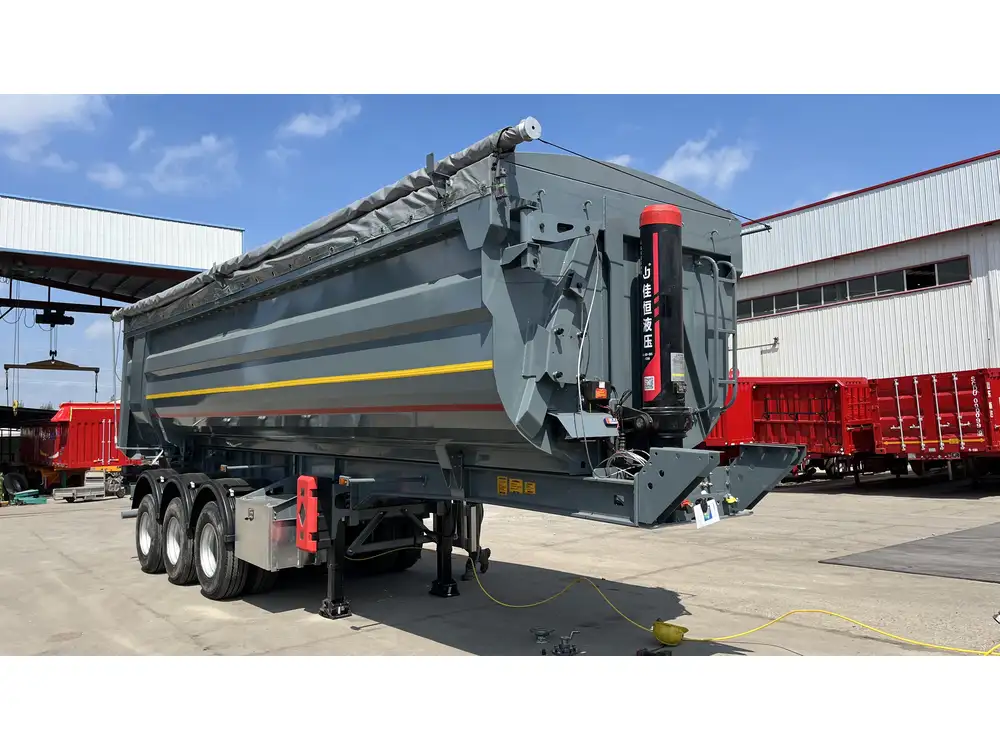
Regular Tank Maintenance
Perform regular maintenance by dumping the black tank every 3-5 days, depending on usage. Regular cleaning not only keeps the tank better functioning but also minimizes odors.
Water Usage
Always ensure ample water usage during flushes. Consider adjusting your usage habits to avoid dry flushes, which can cause material to stick.
Signs Your Black Tank Needs Immediate Attention
- Strong Odors: Unpleasant smells that don’t dissipate despite regular dumping can indicate a clog.
- Difficulty Flushing: If flushing requires extra effort or doesn’t clear contents, a clog is likely present.
- Tank Level Gauge Issues: If the gauge shows full but you recently emptied it, this might indicate waste retention due to a clog.
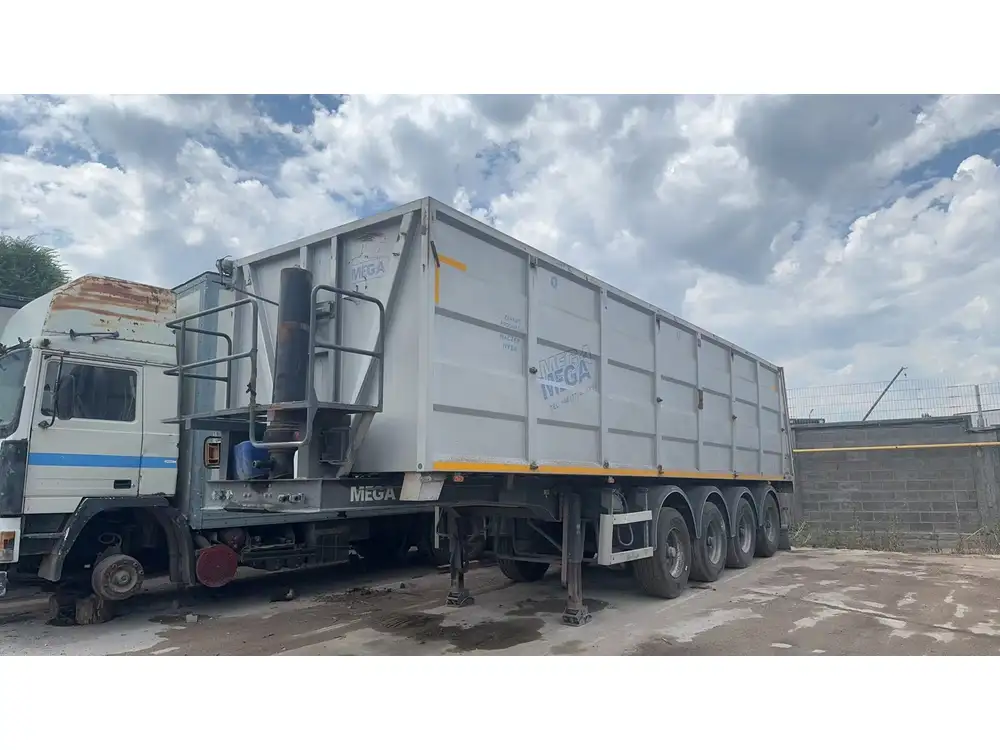
When to Seek Professional Help
If after attempting the above methods the tank is still clogged, it may be time to consider professional intervention. A sewage service company can provide effective solutions for more complex issues that require advanced tools.
Conclusion
Addressing the issue of a clogged black tank doesn’t have to be daunting. By understanding the tank’s functionalities, employing proper unclogging techniques, and maintaining a regular cleaning and management schedule, trailer owners can maximize the efficiency of their black tank systems. Awareness and proactive measures pave the way for hassle-free trips, leaving behind the frustration of clogs. Remember, a well-maintained tank not only enhances your experience but also contributes to the longevity of your trailer’s plumbing.



